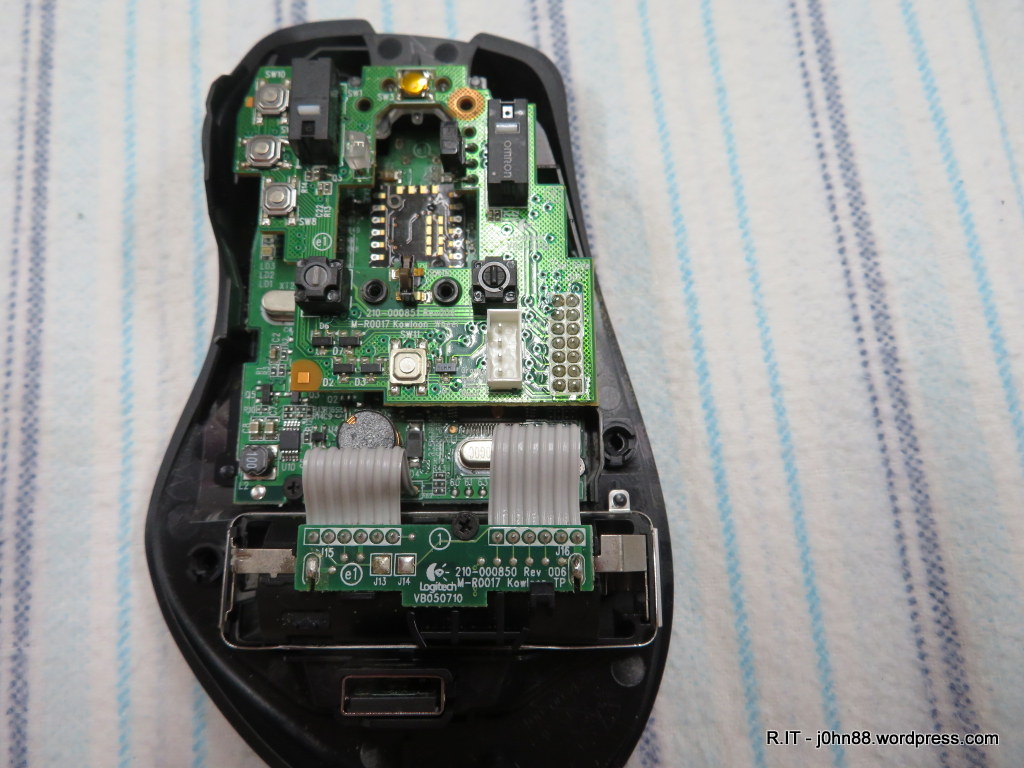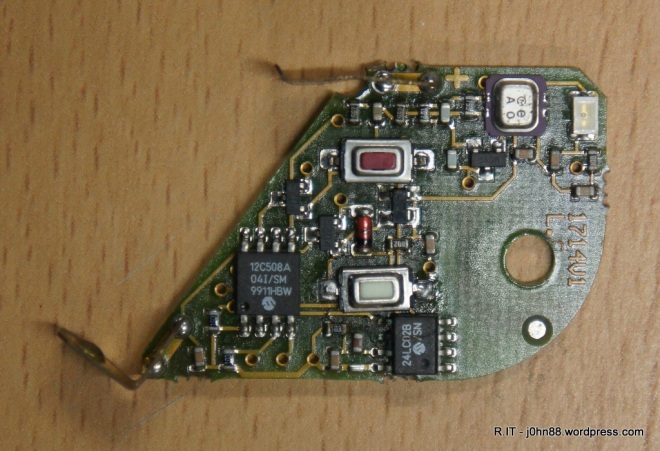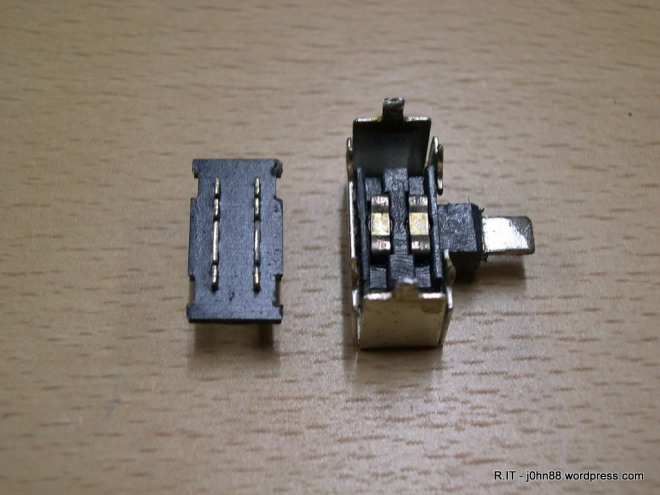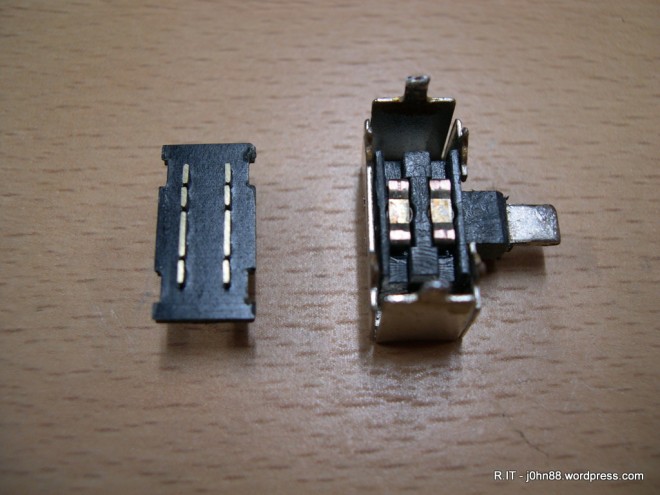A month or two ago, my brother brought over to me, a Dell Optiplex machine. The complaint was that it couldn’t connect to the network. We had chatted briefly on WhatsApp about the problem – that his Dell has no internet, can’t locate lan connection, and can I bring it over tomorrow.
The Dell PC was dropped over, I wasn’t home, but my son was. When I got home, I set it on my test bench and connected everything up. Then had to contact him for the password, which I got in due course. Windows 11 was running on it, it logged on ok, but had a bit of an issue with the network, but after doing a few things, it was working – there was really nothing wrong, just that I had plugged the network cable into one of my lab networks, and my dhcp wasn’t turned on.
I don’t like to connect strange (as in not mine) machines to my home network, so have a number of different test networks that I can plug into. Anyway, the Dell was able to get an IP address. I ran the Windows Update which ran and downloaded a couple of months worth of updates and then put it aside. After a couple of days, powered it on and checked – yeap, still working. After doing a few checks I then packed it up.
What sort of checks do I do, you might ask? Generally the following:
- Visual inspection of the network socket – check to see that all 8 pins are intact, i.e. not bent out of shape, or touching each other
- Run Device Manager, check that the network device has a valid device driver – or update the device driver. Sometimes you see if with a yellow exclamation mark, which means there is a problem with it.
- Check in Network and Internet settings, Ethernet – that IP assignment is Automatic (DHCP).
- I look at error events in the System log, through the Event Viewer. It did show some errors about duplicate computer on the network – and was corrected by disabling netbios over tcp/ip.
Anyway, nothing else was untoward with the Dell PC, so my brother was informed – he said he would pick it up another day.
I don’t usually write about mundane things like this, but anyway, a week ago, he did come over to pick up the Dell PC. Then a few days later, he rang and said that it still wasn’t working.
I went through some standard troubleshooting. Was it connected direct to the router, or via a switch. He said it was through a gigabit router – D-Link. He sent me a picture of it.

I saw one orange light – and thought at the time, that was a bit strange. Actually I should have paid more attention. As he mentioned router, I thought that having one light lit was ok, so his Dell PC wasn’t connecting.
I then suggested setting a static IP address if he knows what the IP addresses should be like, and helped him to enter the right information – still no go. Next was asking if the router had been rebooted, he said that he had just done that – ok.
I suggested that if he had a USB Wireless Adapter, he could use that. Or if he has another laptop or something to plug into the same cable.
Anyway, he came back to me the next day saying that he fixed it. It turns out that he thought his laptop was working, but actually had been on Wi-Fi. He turned off Wi-Fi and connected to the network cable, and it didn’t work – just like the Dell didn’t work. So he went to check the cables from the NBN modem (which is actually the router), and eventually found that the cable from the router to the D-Link switch had come loose.
That was why I could see only one orange light in the photo. I should actually have had a closer look and seen that it was a D-Link DGS1005A 5-port switch and then asked about the cables at that time.
Anyway, the problem was solved, and I should have actually paid more attention to the information provided to me. Double check what is said – he said router, but the photo of the device had no antennas on it, and shows that it is in fact a switch – ok, live and learn, do better next time.
If I had gone through more of this troubleshooting, he might have been able to fix it without having to bring the Dell PC to me.
























